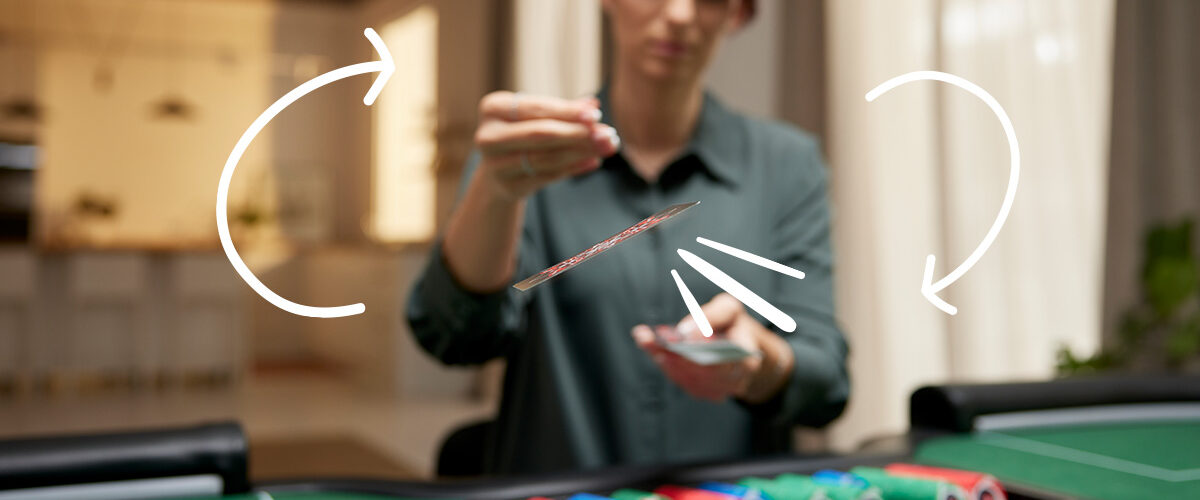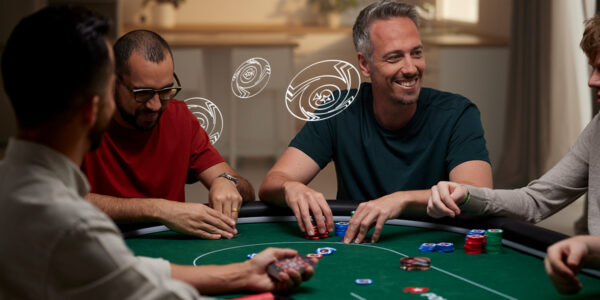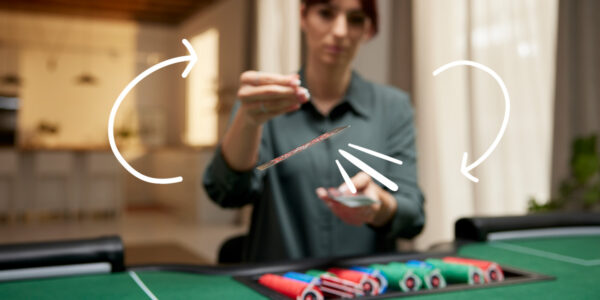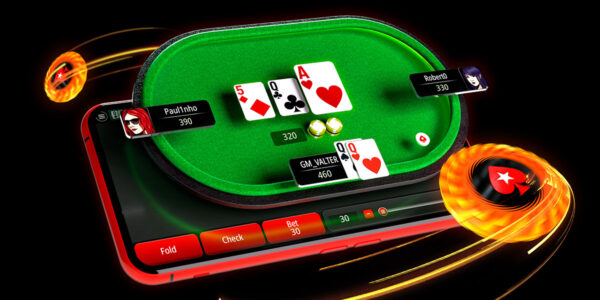The Art of Hand Reading
Today, we’re diving deep into a skill that can give you a significant edge in the online poker world. The art of hand reading.
So, what is Hand Reading?
Hand reading is the skill of narrowing down the possible hands your opponent could be holding. In online poker, you don’t have physical tells to rely on, so understanding your opponent’s playing style becomes crucial. For example, if a tight-aggressive player re-raises you on the river, chances are they’re holding a strong hand.
For example, if you have Q♣ Q♠ and the board comes down:
2♦ 3♥ 10♥ 9♣ J♦
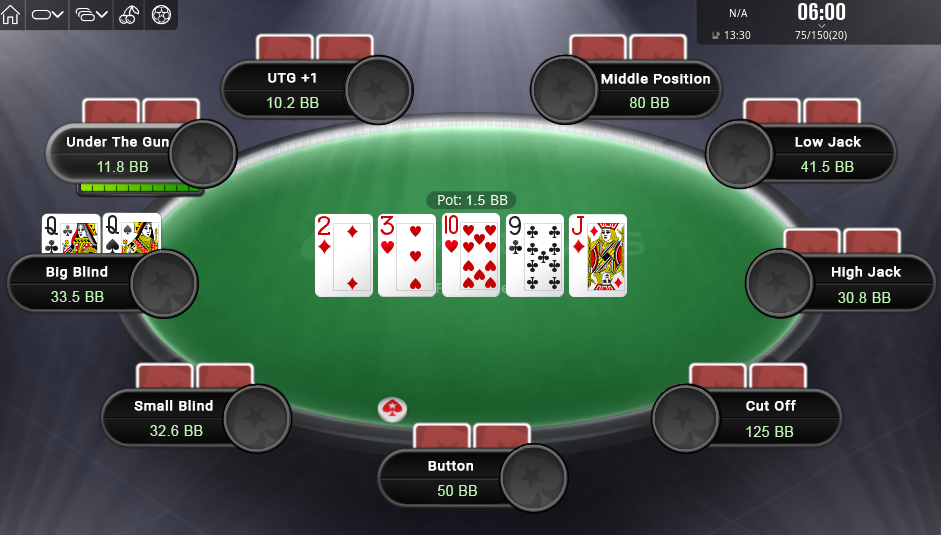
On the river you raise, and a very tight opponent re-raises you, they almost certainly have you beat with either a set like trip 2’s, trip 3’s, trip 10’s or a two pair combination like Ten-Jack, it’s even possible depending on how the hand played out that they have a straight. Remember this against a tight player who’s almost never bluffing.
If on the other hand a loose player is raising you, who you’ve seen over value hands like top pair, it’s possible they have a hand like Ace-Jack, King-Jack, or busted draws like 45 or busted flush draws. Whilst it’s probably not the best opportunity to raise here, calling will give you a good win rate in the long run.
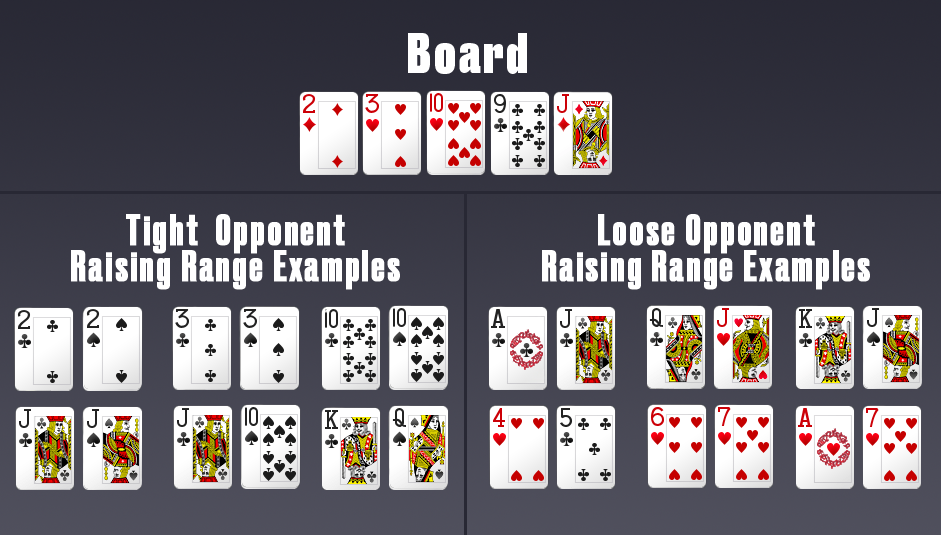
Looking at the above chart examples, it’s clear that with your QQ, you should fold against the tight players and call against the loose players.
Why is Hand Reading Important?
Without it you’re essentially playing the same style against all opponents.
In online poker, where you often play against strangers, mastering hand reading can be your secret weapon to avoid big losses and raking in big pots. As in the example above, by knowing the playing type you increase your decision on whether to fold or call in this situation.
How to Identify Player Styles
In online poker you cannot see your opponents to gain reads as you would in live poker. However, you can categorize them based on previous hands they have played, and betting patterns.
Information you should be looking for:
- Are they Tight or Loose, how many hands do they play?
- Are they Passive or Aggressive, do they bet often when in hands or only when they have big hands?
You should be looking for this information and take notes throughout the game, especially in hands that you’re not involved in. It keeps your mind sharp and busy during periods where you are folding a lot.
Knowing this can help you make educated guesses about their hand ranges.
Players change their styles too, for example a tight player whos’ just suffered multiple bad beats or losses, may start playing looser because they are on tilt. Or your opponent could be short stacked and desperate to double up, or even a big stack willing to start bullying the table.
The Importance of Position
In online poker, position can give you extra information. If a player raises from early position, their range is often stronger than if they raise from the button. Use this positional awareness to refine your hand reading skills.
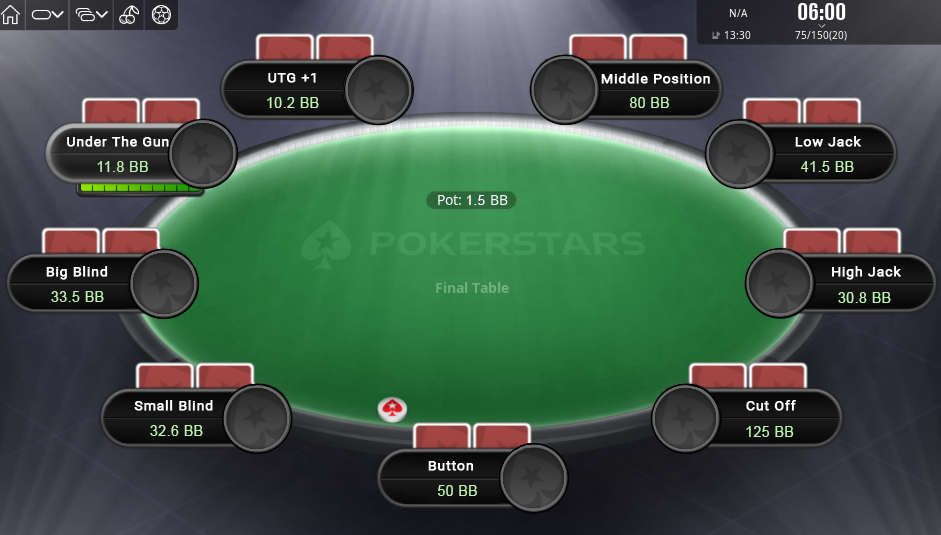
As you can see in the Graphic above, Under the Gun is the first player to act after the blinds are posted, they have 8 players behind them to act, which means if they raise with weak hands like Js3d they are putting themselves at risk of having to fold to any aggression, preflop, and they’ll be out of position after the flop, meaning they have no information on their opponents.
Looking at the graphic above, why do you think the Under the Gun player may have a weaker hand than usual when moving all-in? Think about this for a minute before moving on to the next paragraph.
If you said because they have a short stack, you’re correct, players with short stacks will often push all-in with far weaker hands than usual, because they cannot sit around and blind out.
Let’s say our Under the Gun player had a 25BB stack they would likely not go all-in at all, opting to raise with hands like TT, JJ, QQ, KK, AA. However, with just 11.8BB’s they would probably move all-in with these same hands and far weaker.
Below we show some possible examples of what hands a player would raise or move all-in with based on their stack size whilst under the gun (UTG).
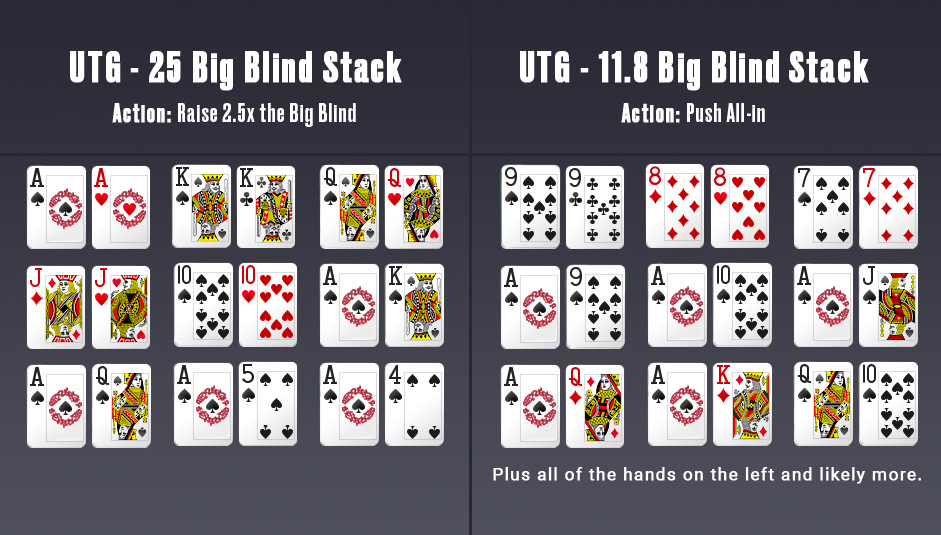
Note these are only examples, it all depends on the player, a looser player with 11.8 Big Blinds would likely move all-in with more hands.
By understanding position and stack sizes, you improve your hand reading skills even further.
Final Thoughts
Mastering hand reading in online poker is a continuous learning process. It’s not just about the cards you’re holding; it’s about decoding the likely hands of your opponents based on their style, actions, stack size and position. So, the next time you take a seat, keep these tips in mind, the more you practice the better you’ll become at hand reading.


